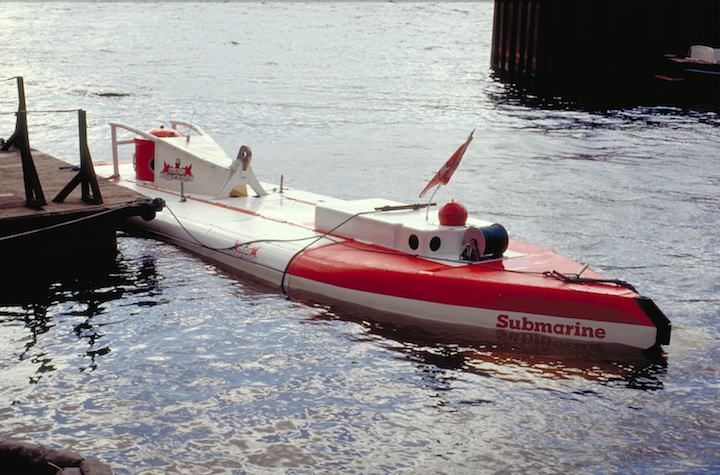What gas law says that diffusion is instantaneous? If merely dumping gasses together immediately resulted in a homegenous mix, there would be no need for the baffles in a "stick" system.
I'm not saying a reading should ever be 6% out, but it will take some amount of time for the mix to settle.
Where did I say diffusion is instantaneous?? I said there's no need for rolling. Gas molecules are not like marbles. They're not going to mix just because you roll a tank on the ground. Yes, time is your friend in blending. You seem to have assumed a lot from my post.





